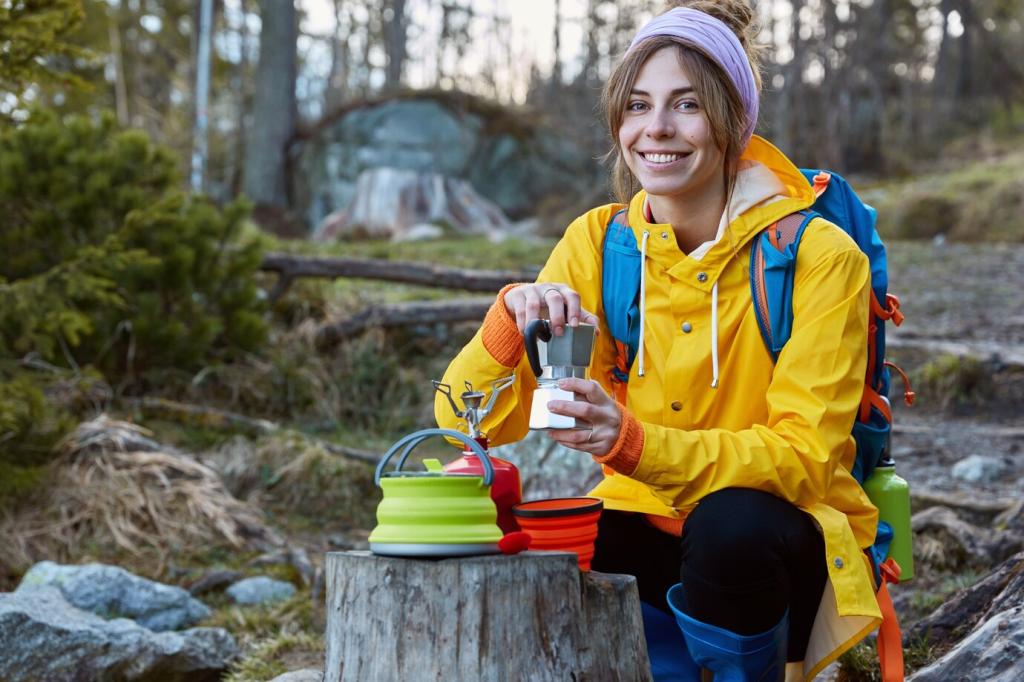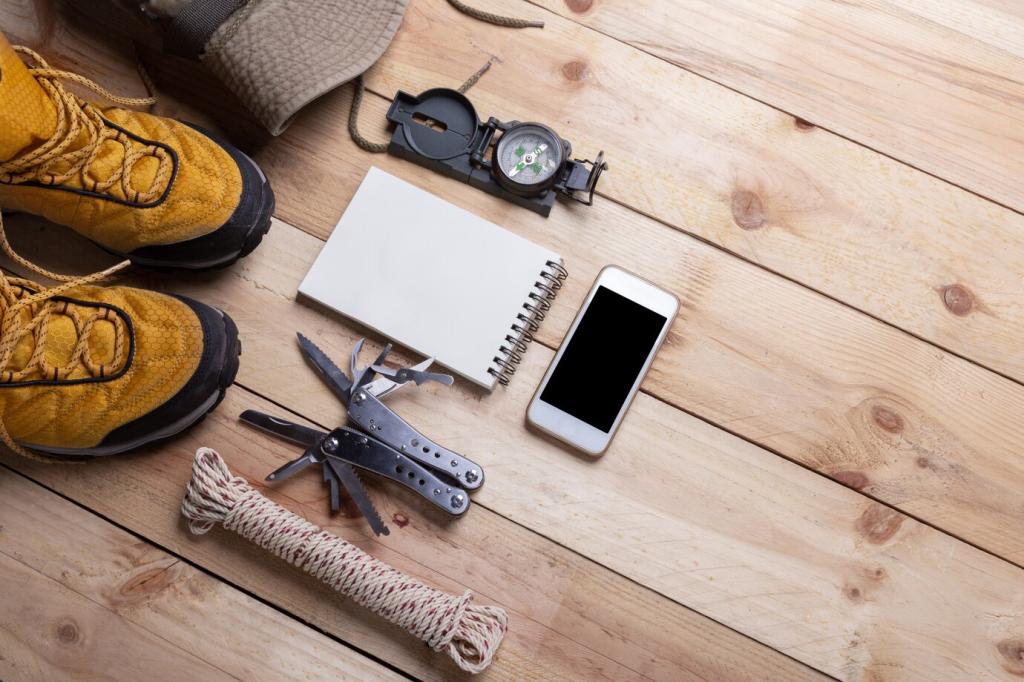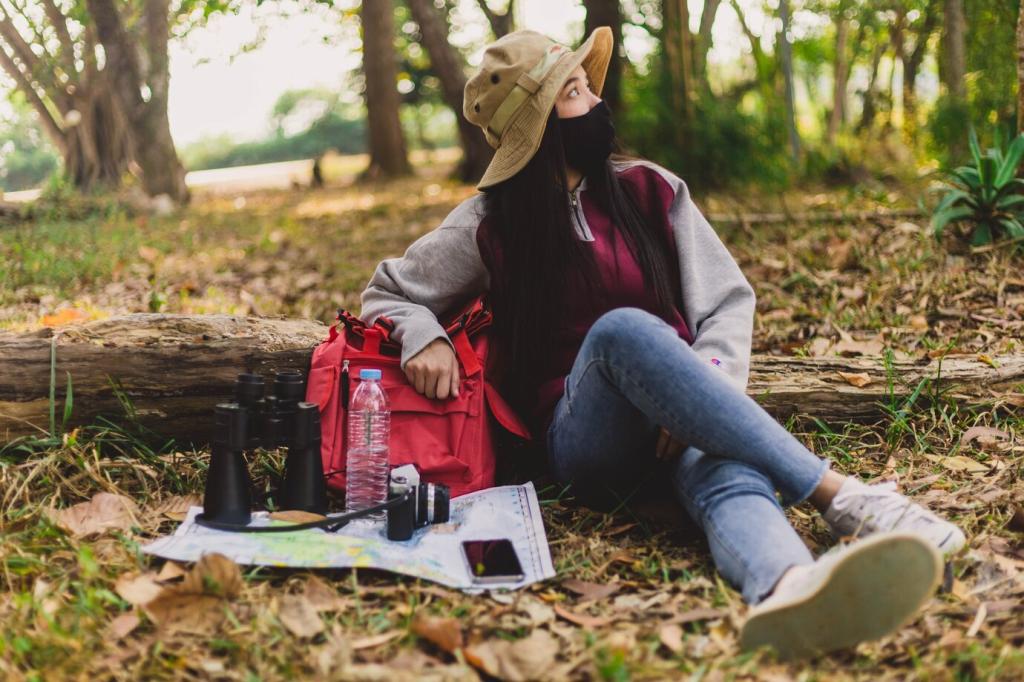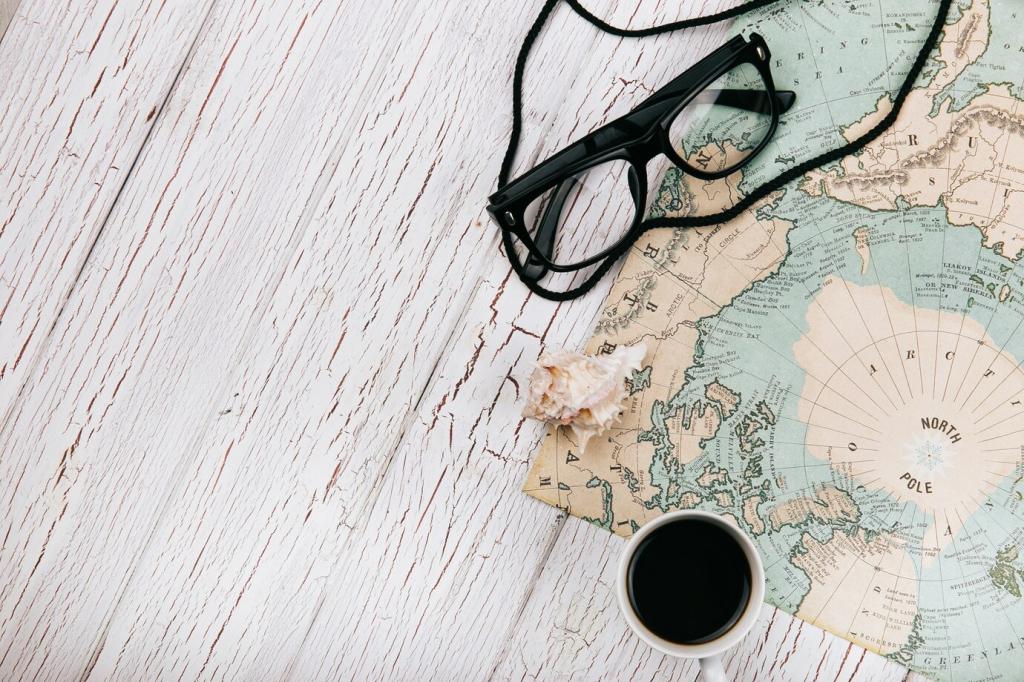Lightweight Gear Recommendations for Summer Trails
Selected theme: Lightweight Gear Recommendations for Summer Trails. Welcome! Step into longer days, lighter packs, and cooler minds. Explore practical picks that shave ounces without sacrificing safety or joy. If you love efficient adventures, subscribe and share your favorite lightweight wins with our community.
Featherweight Packs: Comfort Without Compromise
Volume and Fit for Hot-Weather Routes
For summer day hikes, aim for 20–35 liters; fast overnights often thrive around 35–45 liters. Prioritize ventilated straps, a breathable back panel, and stable side pockets for bottles. Keep layers minimal, stash snacks up front, and trim extras. What’s your sweet-spot volume? Comment and tell us what works.
Frame vs Frameless: When Every Ounce Counts
If your base weight is truly low, a frameless pack under 12 ounces can feel amazing—especially with a folded foam pad as a virtual frame. If you carry more water, choose a light internal frame for stability. Share your favorite pack model and why it shines on hot, rolling terrain.
Real-World Story: A Pack That Disappears on Your Back
On a blazing ridge traverse, my sub-one-pound pack let me carry an extra liter without sore shoulders. The slim hip belt, tall side pockets, and soft harness kept everything quiet and balanced. Want more field-tested stories like this? Subscribe and send your questions for upcoming summer gear deep dives.
Breathable Footwear That Still Protects
Trail runners often weigh a few ounces less per foot, dry faster after creek crossings, and breathe better under a harsh sun. Minimal boots add ankle structure without heavy leather. Look for rock plates, toe protection, and responsive midsoles. What do you prefer and why? Share your choices for summer heat.
Breathable Footwear That Still Protects
Pair thin merino or synthetic socks with smooth-knit liners for reduced friction on steep climbs. Trim toenails, pre-tape hot spots with Leukotape, and swap socks mid-day. Insoles that cradle your arch can prevent fatigue. On a scorching canyon day, this combo saved my heels. Subscribe for our complete summer foot-care checklist.
Trekking-Pole Tents and A-Frame Tarps
Trekking-pole tents under 28 ounces provide storm-worthiness with excellent airflow. A-frame tarps pitch fast and weigh even less, especially with Dyneema guylines and minimal stakes. Add a head net or inner for bugs. Practice pitching in wind before trips. Want our favorite pitches? Subscribe for step-by-step summer shelter tutorials.
Quilts, Liners, and Overnight Comfort
A 40°F quilt around 14 ounces pairs beautifully with a breathable liner for sticky nights. Pad straps prevent drafts without trapping humidity. If dew is common, consider a water-resistant shell. Share your favorite quilt brands and temperature strategies, and we’ll feature reader tips in next week’s summer sleep roundup.
Pads and R-Value for Summer Ground
For warm ground, an R-value between 1.5 and 3 is often enough. Closed-cell foam pads resist punctures and double as a sit pad or pack frame. Inflatable pads add plush comfort at a small weight penalty. Use a thin groundsheet to protect gear. Comment with your pad choice for rocky camps.
Bottles vs Bladders in the Heat
Soft flasks ride comfortably in shoulder pockets and make sipping frequent and easy, helping pace intake in extreme heat. Bladders distribute weight well but can hide remaining volume. On exposed routes, carry extra capacity for dry stretches. What works best for you? Share your system and favorite bottle placement.
Fast Filters and Field Hygiene
Compact filters like the BeFree or Sawyer Squeeze treat water quickly if you backflush and protect them from freezing. Prefilter silty sources through a bandana. Keep clean and dirty containers separate to avoid contamination. Tell us your fastest filter hack, and subscribe for our ultralight hydration setup checklist.
Electrolytes and Timing Your Sips
In sustained heat, aim for steady sipping plus electrolytes to replace sodium, potassium, and magnesium. Many hikers target 300–600 mg sodium per hour, adjusting for sweat rate. Test flavors you’ll actually drink. Set reminders on your watch. What’s your reliable mix? Comment and help fellow summer hikers stay balanced.

Clothing That Works With the Sun, Not Against It
A lightweight sun hoody with UPF protection and a roomy hood regulates temperature better than constant sunscreen. Seek airy knits around 100–140 gsm, thumb loops for hand coverage, and vented underarms. Which fabric works in your climate—nylon, polyester, or blends? Share your pick and subscribe for our fabric field tests.
Clothing That Works With the Sun, Not Against It
Go for quick-drying shorts with a soft liner or pair them with merino boxers to manage moisture. A longer inseam can prevent thigh rub on humid days. Apply anti-chafe balm before steep climbs. My biggest epiphany: a tiny weight trade-off saved miles of discomfort. Tell us your chafe-proof combo below.



Smart Essentials: Tiny Items With Big Impact
Carry a micro first-aid kit, an emergency bivy, and a pea-sized whistle. Add ibuprofen, antihistamine, blister tape, and a compact bandage. Headlamps under two ounces now push impressive lumens. Want our pocket-sized essentials checklist? Subscribe and we’ll send a streamlined summer carry you can customize.
